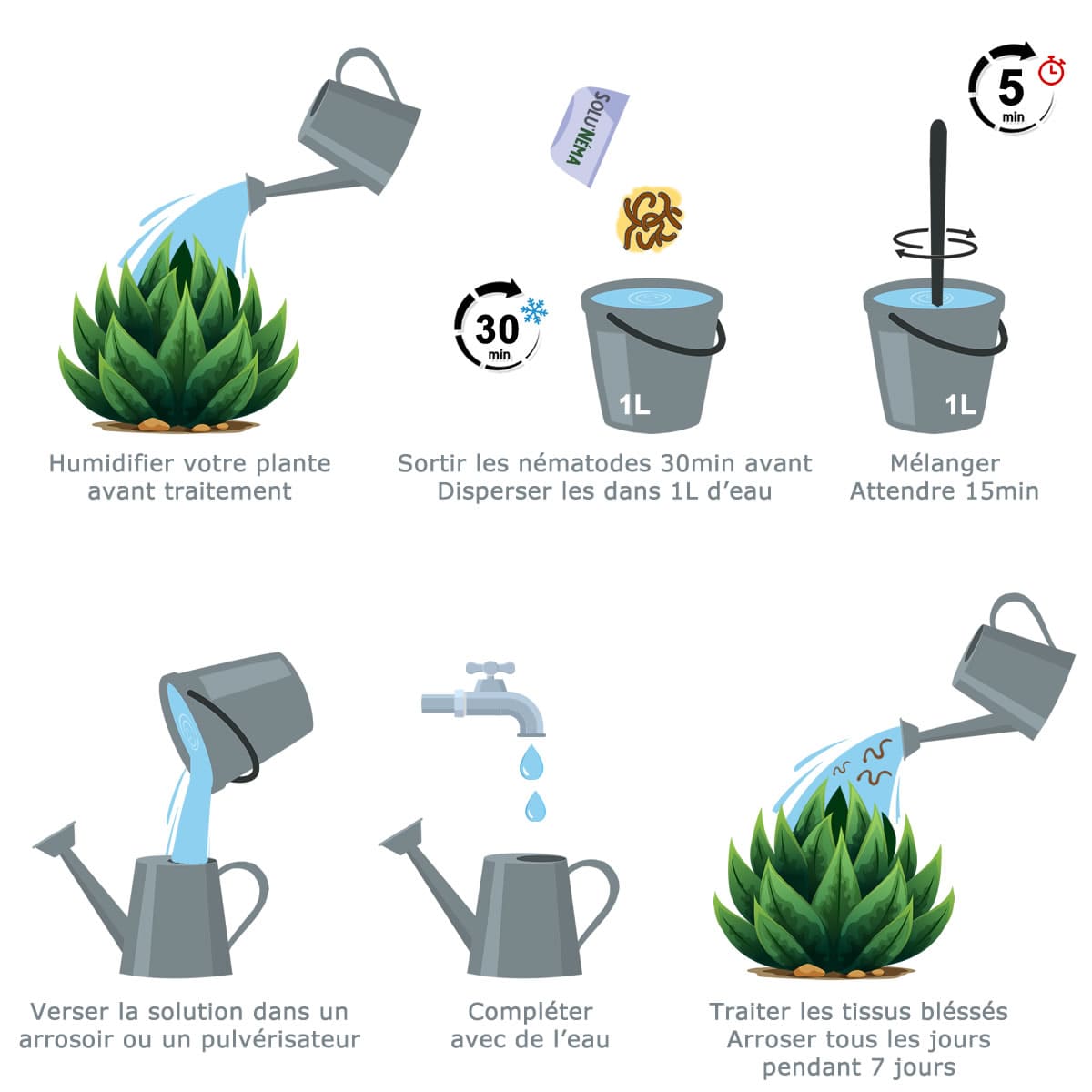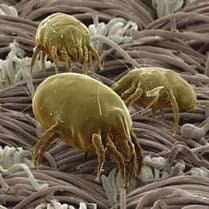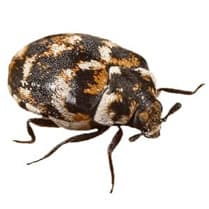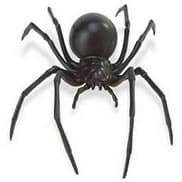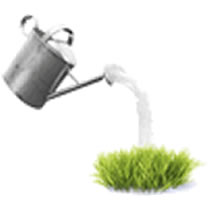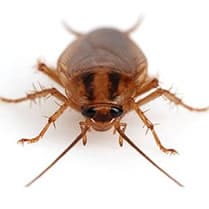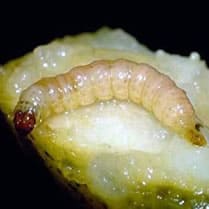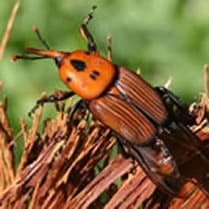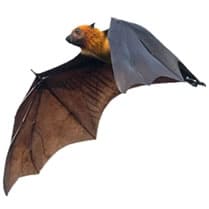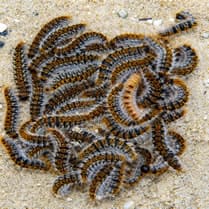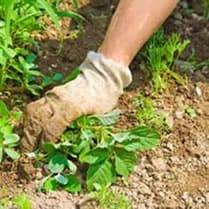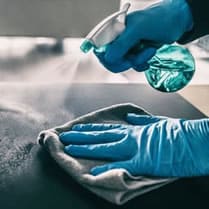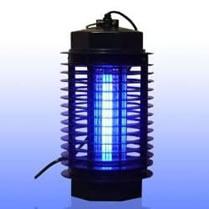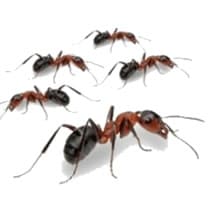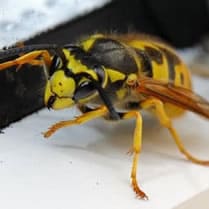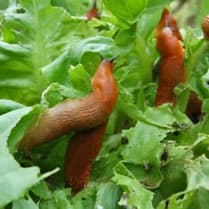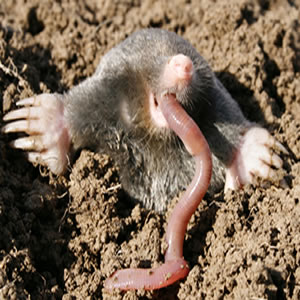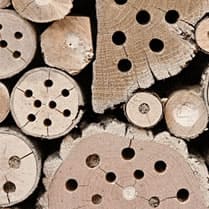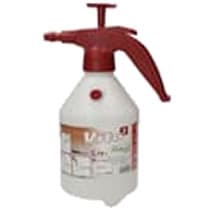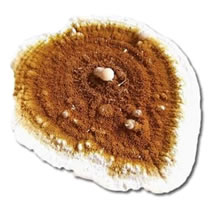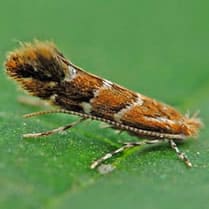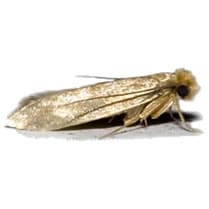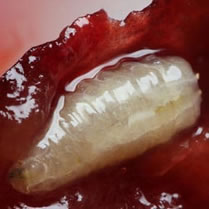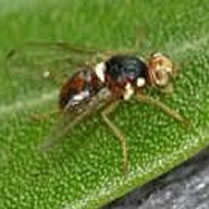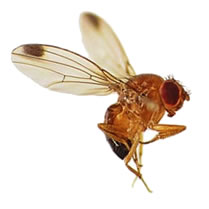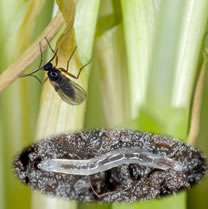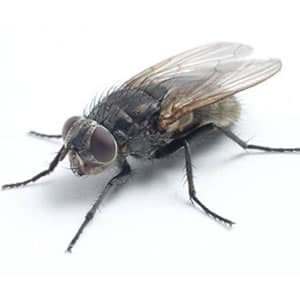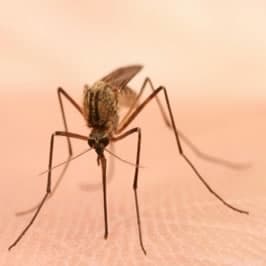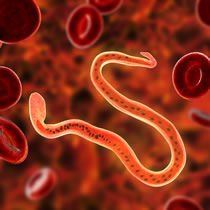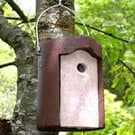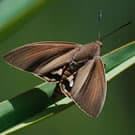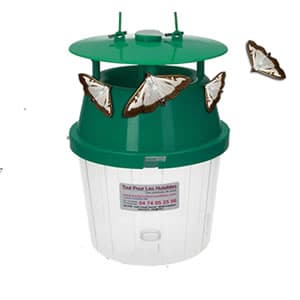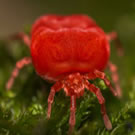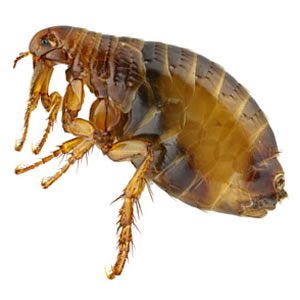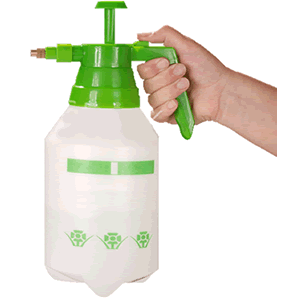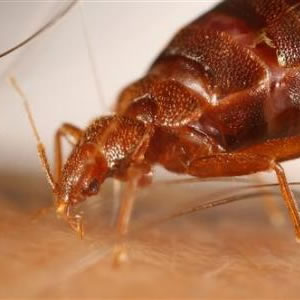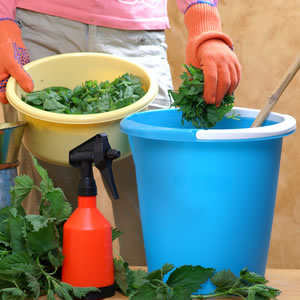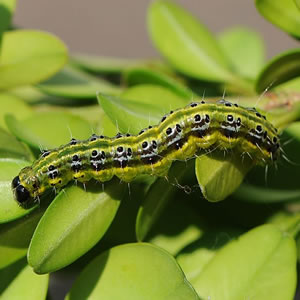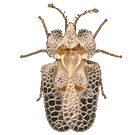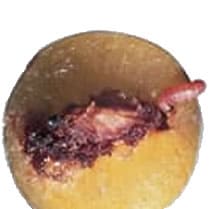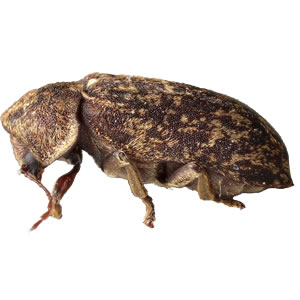- Free delivery
- Oak caterpillar
- Presentation
- Formulation Gel - Cryptobiose
- Legal Notice
- Deliveries
- The main useful nematodes
-
Target pests
- Thrips
- Palm Butterfly (Paysandisia archon)
- The red weevil (Palm tree)
- Soil flies
- The ants
- Box tree moth
- Cutworm - cutworm caterpillars
- crane fly larvae
- The cutters
- White grubs, cockchafers
- Otiorhynchus
- Colorado potato beetle
- The plane tree tiger
- fruit codling moth
- mosquito larvae
- root aphid
- Slugs and snails
- The pear tiger - Stephanitis piri
- Tomato leaf miner
- Agave weevil
- Peach tree capnode
- Zeuzère of the fruit trees
- A little history ...
- Terms of Sales
- Contact us
- Professionnal work place
- Other pests
-
![ACA - Acarien.info, products against mites]() Acariens Acarien.info, products against mites
Acariens Acarien.info, products against mites -
![ANT - Acarien.info, products against mites]() Anthrène des tapis Acarien.info, products against mites
Anthrène des tapis Acarien.info, products against mites -
![ARA - Acarien.info, products against mites]() Araignee Acarien.info, products against mites
Araignee Acarien.info, products against mites -
![ARE - Acarien.info, products against mites]() Arrosage écologique Acarien.info, products against mites
Arrosage écologique Acarien.info, products against mites -
![CAF - Acarien.info, products against mites]() Cafards et Blattes Acarien.info, products against mites
Cafards et Blattes Acarien.info, products against mites -
![CAR - Acarien.info, products against mites]() Carpocapse (vers des fruits) Acarien.info, products against mites
Carpocapse (vers des fruits) Acarien.info, products against mites -
![CRO - Acarien.info, products against mites]() Charancon rouge du palmier Acarien.info, products against mites
Charancon rouge du palmier Acarien.info, products against mites -
![CHI - Acarien.info, products against mites]() Chats-Chiens Acarien.info, products against mites
Chats-Chiens Acarien.info, products against mites -
![LCV - Acarien.info, products against mites]() Chauve souris Acarien.info, products against mites
Chauve souris Acarien.info, products against mites -
![CHE - Acarien.info, products against mites]() Chenille Processionnaire Acarien.info, products against mites
Chenille Processionnaire Acarien.info, products against mites -
![DES - Acarien.info, products against mites]() Desherbage Acarien.info, products against mites
Desherbage Acarien.info, products against mites -
![DVB - Acarien.info, products against mites]() Désinfection-Virus-Bacterie Acarien.info, products against mites
Désinfection-Virus-Bacterie Acarien.info, products against mites -
![DIU - Acarien.info, products against mites]() Destructeur Insectes UV Acarien.info, products against mites
Destructeur Insectes UV Acarien.info, products against mites -
![EPI - Acarien.info, products against mites]() Equipement Protection Individuelle Acarien.info, products against mites
Equipement Protection Individuelle Acarien.info, products against mites -
![FNE - Acarien.info, products against mites]() Fouines Acarien.info, products against mites
Fouines Acarien.info, products against mites -
![FOU - Acarien.info, products against mites]() Fourmis Acarien.info, products against mites
Fourmis Acarien.info, products against mites -
![GUE - Acarien.info, products against mites]() Guêpes - Frelons Asiatique Acarien.info, products against mites
Guêpes - Frelons Asiatique Acarien.info, products against mites -
![ENG - Acarien.info, products against mites]() Les Engrais Acarien.info, products against mites
Les Engrais Acarien.info, products against mites -
![LIM - Acarien.info, products against mites]() Limaces Acarien.info, products against mites
Limaces Acarien.info, products against mites -
![TAU - Acarien.info, products against mites]() Lyon Taupe Acarien.info, products against mites
Lyon Taupe Acarien.info, products against mites -
![INS - Acarien.info, products against mites]() Maisons Insectes Acarien.info, products against mites
Maisons Insectes Acarien.info, products against mites -
![MAT - Acarien.info, products against mites]() Materiel de traitement Acarien.info, products against mites
Materiel de traitement Acarien.info, products against mites -
![MEP - Acarien.info, products against mites]() Mérule Acarien.info, products against mites
Mérule Acarien.info, products against mites -
![MIN - Acarien.info, products against mites]() Mineuse du Marronnier Acarien.info, products against mites
Mineuse du Marronnier Acarien.info, products against mites -
![MIT - Acarien.info, products against mites]() Mites des Vêtements - Alimentaire Acarien.info, products against mites
Mites des Vêtements - Alimentaire Acarien.info, products against mites -
![MOC - Acarien.info, products against mites]() Mouche cerise Acarien.info, products against mites
Mouche cerise Acarien.info, products against mites -
![OLI - Acarien.info, products against mites]() Mouche de l olive Acarien.info, products against mites
Mouche de l olive Acarien.info, products against mites -
![SUZ - Acarien.info, products against mites]() Mouche suzukii Acarien.info, products against mites
Mouche suzukii Acarien.info, products against mites -
![MDT - Acarien.info, products against mites]() Mouche-du-terreau Acarien.info, products against mites
Mouche-du-terreau Acarien.info, products against mites -
![MOU - Acarien.info, products against mites]() Mouches Acarien.info, products against mites
Mouches Acarien.info, products against mites -
![MTQ - Acarien.info, products against mites]() Moustique Acarien.info, products against mites
Moustique Acarien.info, products against mites -
![NEM - Acarien.info, products against mites]() Nématodes Acarien.info, products against mites
Nématodes Acarien.info, products against mites -
![NIC - Acarien.info, products against mites]() Nichoirs et Abris Acarien.info, products against mites
Nichoirs et Abris Acarien.info, products against mites -
![PAL - Acarien.info, products against mites]() palmiers Acarien.info, products against mites
palmiers Acarien.info, products against mites -
![PAY - Acarien.info, products against mites]() Papillon du palmier Acarien.info, products against mites
Papillon du palmier Acarien.info, products against mites -
![PHE - Acarien.info, products against mites]() Phéromone bio Acarien.info, products against mites
Phéromone bio Acarien.info, products against mites -
![PGE - Acarien.info, products against mites]() Pigeon Acarien.info, products against mites
Pigeon Acarien.info, products against mites -
![POU - Acarien.info, products against mites]() Poux rouges du Poulailler Acarien.info, products against mites
Poux rouges du Poulailler Acarien.info, products against mites -
![PDC - Acarien.info, products against mites]() Protection du cheval Acarien.info, products against mites
Protection du cheval Acarien.info, products against mites -
![PCR - Acarien.info, products against mites]() Pucerons Acarien.info, products against mites
Pucerons Acarien.info, products against mites -
![PUC - Acarien.info, products against mites]() Puces Acarien.info, products against mites
Puces Acarien.info, products against mites -
![PUL - Acarien.info, products against mites]() Pulvérisateur Acarien.info, products against mites
Pulvérisateur Acarien.info, products against mites -
![PUN - Acarien.info, products against mites]() Punaise de Lit Acarien.info, products against mites
Punaise de Lit Acarien.info, products against mites -
![PUR - Acarien.info, products against mites]() Purin Acarien.info, products against mites
Purin Acarien.info, products against mites -
![PYR - Acarien.info, products against mites]() Pyrale du buis Acarien.info, products against mites
Pyrale du buis Acarien.info, products against mites -
![SER - Acarien.info, products against mites]() Serpents Acarien.info, products against mites
Serpents Acarien.info, products against mites -
![SDA - Acarien.info, products against mites]() Soin des arbres Acarien.info, products against mites
Soin des arbres Acarien.info, products against mites -
![SDV - Acarien.info, products against mites]() Soin des végétaux Acarien.info, products against mites
Soin des végétaux Acarien.info, products against mites -
![SOU - Acarien.info, products against mites]() Souris - Rat - Campagnol - Rongeur Acarien.info, products against mites
Souris - Rat - Campagnol - Rongeur Acarien.info, products against mites -
![STO - Acarien.info, products against mites]() Stop Odeur Acarien.info, products against mites
Stop Odeur Acarien.info, products against mites -
![TIG - Acarien.info, products against mites]() Tigre du Platane Acarien.info, products against mites
Tigre du Platane Acarien.info, products against mites -
![CPT - Acarien.info, products against mites]() Tout Pour Le Compost Acarien.info, products against mites
Tout Pour Le Compost Acarien.info, products against mites -
![TPG - Acarien.info, products against mites]() Tout Pour Mon Gazon Acarien.info, products against mites
Tout Pour Mon Gazon Acarien.info, products against mites -
![PRU - Acarien.info, products against mites]() Ver de la prune Acarien.info, products against mites
Ver de la prune Acarien.info, products against mites -
![VRI - Acarien.info, products against mites]() Vrillette Acarien.info, products against mites
Vrillette Acarien.info, products against mites
-
Treating Agave Weevil: Scyphophorus acupunctatus
How to identify the agave weevil?
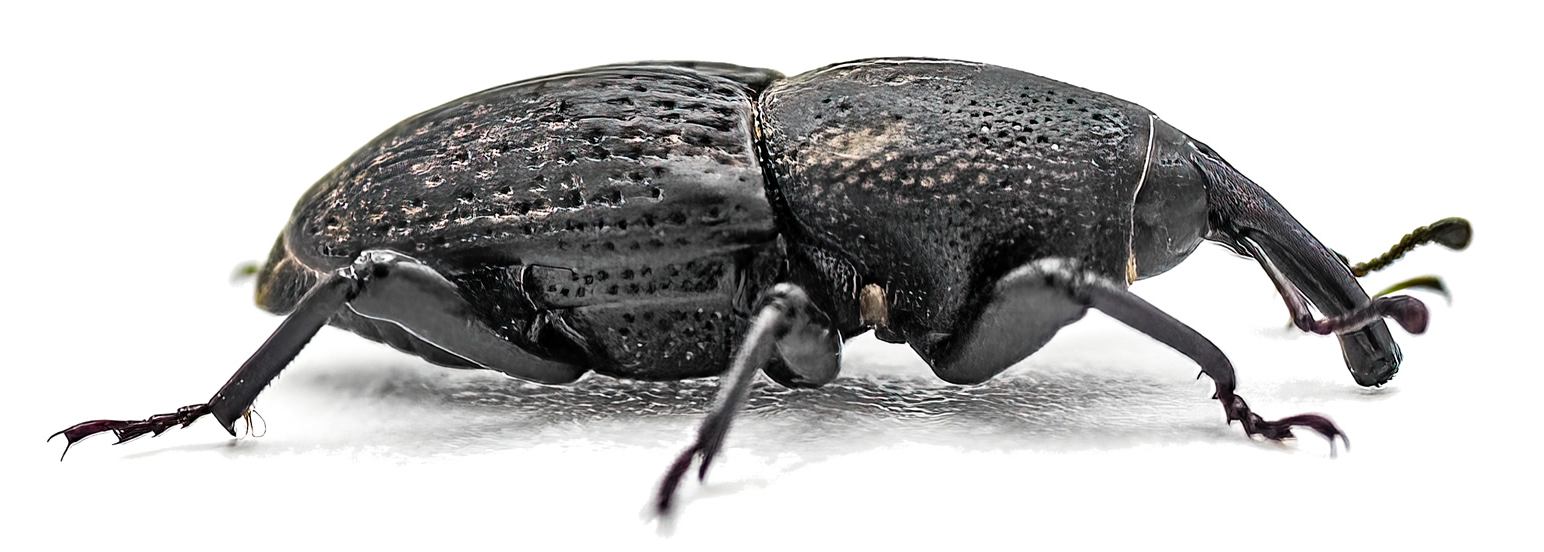 The agave weevil ( Scyphophorus acupunctatus ) is a pest insect that mainly attacks agaves and other succulent plants. Native to Central and South America, it is now present in several regions of the world, including the Mediterranean and some subtropical areas.
The agave weevil ( Scyphophorus acupunctatus ) is a pest insect that mainly attacks agaves and other succulent plants. Native to Central and South America, it is now present in several regions of the world, including the Mediterranean and some subtropical areas.
The agave weevil can be recognized by:
- Size : The adult measures approximately 1 to 2 cm long.
- Appearance : It has an elongated black or dark brown body with a long rostrum (proboscis). The larvae, on the other hand, are whitish, legless, and can reach 3 cm long.
- Life cycle : Females lay their eggs at the base of the leaves or in the stem of the agave. The larvae tunnel inside the plant, causing internal rot.
This pest causes significant damage by attacking the internal structure of the agave, which can lead to the death of the plant if the infestation is not treated quickly.
Presence of the agave weevil in France
The agave weevil is mainly present in regions with a Mediterranean climate in France, such as Provence-Alpes-Côte d'Azur and Corsica . It is active during the warm months, when conditions are favorable for its development.
Plants affected by the agave weevil
Agaves
The agave weevil mainly attacks different species of agaves, including:
- Agave americana (American agave)
- Agave tequilana (blue agave, used for tequila production)
- Agave parryi (Parry's agave)
- Agave attenuata (soft-leaved agave)
Other succulents
- Yucca (some species)
- Furcraea
Agave Weevil Damage
Weevil damage is often invisible at first because the larvae burrow inside the plant. Here are the main signs:
Plant collapse and rot
The larvae tunnel into the stem and leaf base, causing the plant's structure to weaken . This leads to leaf droop and internal rot, which can quickly lead to the death of the agave.
Presence of sawdust
A characteristic sign of weevil activity is the presence of sawdust or brownish residue at the base of the plant, resulting from the galleries dug by the larvae.
Appearance of holes in the stem
Adults and larvae may leave visible holes on the agave stem or at the base of leaves, where eggs
Treatment with Steinernema Carpocapsae nematodes against the agave weevil
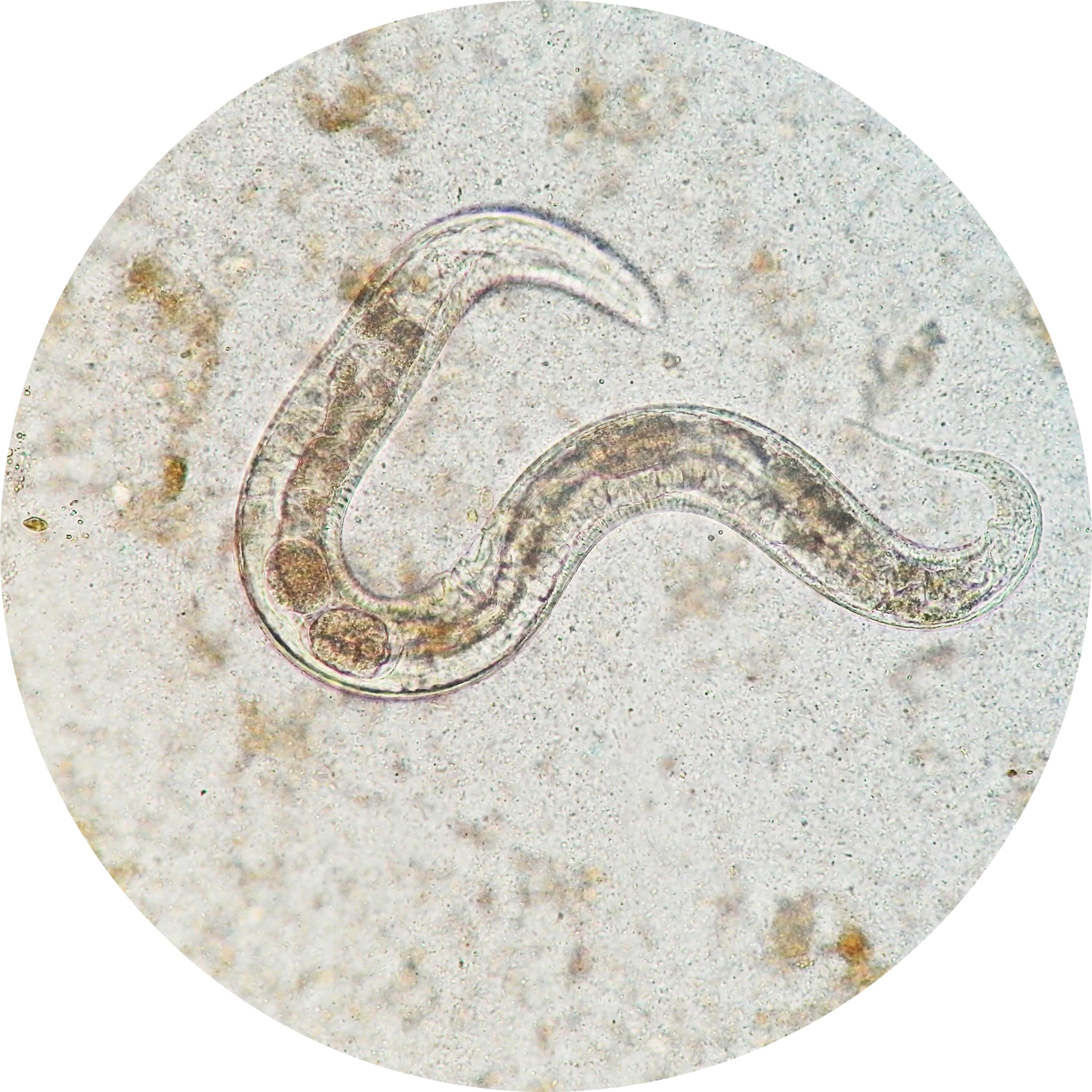 Nematodes are naturally present in the soil in small quantities, they are microscopic worms invisible to the naked eye, respectful of useful insects, crops and vertebrates (human beings and domestic animals). They are safe for dogs and cats.
Nematodes are naturally present in the soil in small quantities, they are microscopic worms invisible to the naked eye, respectful of useful insects, crops and vertebrates (human beings and domestic animals). They are safe for dogs and cats.
Steinernema Carpocapsae nematodes are microscopic worms used as a biological treatment against larvae. Their mode of action is simple but effective: once applied, the nematodes penetrate the larvae through natural channels and release symbiotic bacteria that destroy the inside of the larva, causing its death within a few days.
Nematodes do not have "legs", they move using water.
Delivery and storage of nematodes
Nemtodes can be delivered by non-refrigerated tracked letter directly to letter boxes up to 25 million.
Nematodes can survive more than 8 days at room temperature without any problem. Storing them in the fridge is just to be able to keep them longer by slowing down their development.
Nematodes should be kept cool after receipt in order to slow down their metabolism ("hibernation") so that they can be stored until the DLU date.
At room temperature, nematodes do not die but continue their development. Without food (larvae), they would eventually die naturally after about ten days.
Nematodes are supplied in the form of a more or less moist granular powder. The entire pot (or sachet) must be used in a single treatment to ensure uniform distribution and optimum effectiveness.
Available packaging of nematodes against the agave weevil SOLU'NÉMA
Steinernema Carpocapsae nematodes against the agave weevil are available in different packaging adapted to the surface to be treated:
Pot of 5 million nematodes for 1 agave
Pot of 10 million nematodes for about 1 to 3 agaves
Pot of 25 million nematodes for about 4 to 8 agaves
Pot of 50 million nematodes for about 10 to 20 agaves
Pot of 100 million nematodes for about 20 to 40 agaves
Bag of 250 million nematodes for approximately 40 to 100 agaves
PS: Pot containing a moist granular powder.
Dosage and application of nematodes
For maximum effectiveness, it is essential to dose the nematodes correctly according to the surface to be treated. Accurate dosage and good application allow all infested areas to be covered. Prepare a solution by diluting the nematode powder in clean water, then apply it to the soil, ensuring that the soil is moist to encourage their movement.

How to use nematodes against the agave weevil
1. Identify the problem
It is important to identify the problem in order to choose the appropriate treatment.
The agave weevil inflicts severe damage to the plant by tunneling into the interior. As the larvae grow, they eat away at the internal tissues, causing progressive wilting, yellowing of the leaves, and often premature death of the plant. Distinctive signs of an infestation include the presence of entrance holes often surrounded by dry or wet sap, softening of the plant's core, and in advanced cases, central collapse of the agave.
2. Preparation of the nematode solution
Before use, leave the nematodes at room temperature for 30 minutes. Dilute the entire sachet in a small container of clean water at room temperature, pre-diluting the nematodes before mixing them. Stir well and let the contents dilute for 5 minutes. Then pour this preparation into your sprayer and add the rest of the water (between 15°C and 25°C). Mix again.
3. Spraying or watering nematodes on agaves
Before applying the nematode solution to the agaves, moisten them thoroughly. This will make it easier for the nematodes to move to their prey. Since nematodes do not have legs, they use moisture in combination with the plant particles to move. Spray the affected areas and focus on the heart of the agave, while continuing to agitate the mixture to prevent the nematodes from ending up at the bottom of the sprayer or watering can.
4. Continue watering
Nematodes need a moist environment to move to their prey. To maintain their effectiveness, continue to water your agaves regularly.
5. Monitor the results
Steinernema carpocapsae nematodes work fairly quickly to control agave weevil. You should notice a decrease in the larvae population after a few days. However, be careful, as the nematodes treat the larvae, so you may still see adults. If the larvae persist, it is necessary to repeat the treatment.
It is important to follow the application instructions to obtain the best results in treating agaves with Steinernema carpocapsae nematodes.
